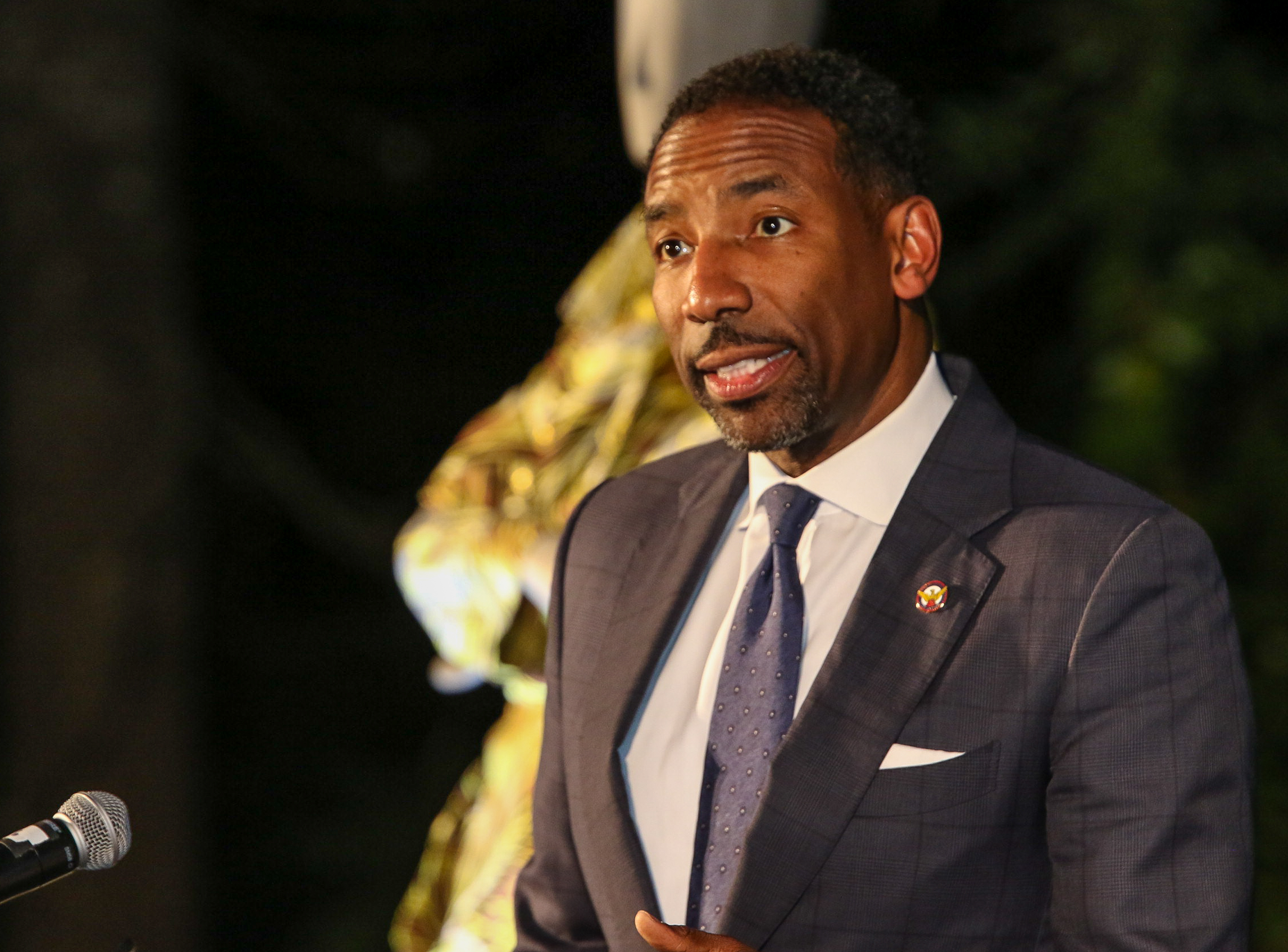Researchers studying audience members at classical concerts have found that the bodies of listeners displayed "significant" synchronicity in their physical responses to the music.
In a study published in the journal Scientific Reports, the scientists observed synchronization in the movement and some physical processes—such as heart rate, breathing rate, and electrical conductivity of the skin—between audience members.
Synchronization—or what the researchers sometimes refer to as "synchrony"—relates to processes that are coordinated and coupled at a level that exceeds chance.
Synchronization between humans is usually observed in physical bodily responses, such as breathing. Most frequently, this synchronization is the result of direct social interaction with another person. But it can also be induced by other external factors that are not related to such social interactions.

"Synchrony is an important part of social interaction, and psychology has started to measure how much people become synchronized in different settings," such as in psychotherapy, discussions between spouses, and other conversations, Wolfgang Tschacher, an author of the study from the University of Bern's Hospital of Psychiatry and Psychotherapy in Switzerland, told Newsweek.
Previous research has found that music can affect the motor and physiological responses of listeners. But while some previous studies have shown that music may be able to induce synchronization in listeners, there is relatively little research in this area, particularly when it comes to naturalistic settings such as concerts.
Tschacher and colleagues wanted to explore this issue in their study. So they decided to observe people whilst they listened to classical music played in a concert setting.
In total, they collected data from 132 people across three public concerts, each of which involved the performance of three pieces: Ludwig van Beethoven's "Op. 104 in C minor", Brett Dean's "Epitaphs" and "Op. 111 in G major" by Johannes Brahms. The concerts took place in Berlin in 2020 while social distancing measures were still in place due to the COVID-19 pandemic.
The researchers monitored the movements of participants during the concerts with overhead cameras, as well as their physical responses using wearable sensors. They also asked them to fill in questionnaires about their personality and mood both before and after the concert.
The data collected provided "clear evidence" of physiological synchronization among audience members when it came to their movement, heart rate, breathing rate and even the electrical conductivity of their skin.
While the researchers found that the audience members shared the same heart rate during the concerts, the heartbeats themselves were likely not all occurring at the same time, Tschacher said. The same applied to their breathing. The rate at which the audience members breathed was synchronized, but the individual "in" and "out" breaths of each attendee did not necessarily all occur at the same time.
Increases in the electrical conductivity of the skin can indicate arousal of the sympathetic nervous system, suggesting excitement. The fact that the scientists observed synchronization among the audience members for this measure indicates that arousal was also synchronized.
In addition, the researchers found that the personality traits of a listener were associated with the likelihood of their physical responses being synchronized with other audience members. Those participants who rated more highly for personality traits such as agreeableness or openness were more likely to become synchronized. On the other hand, those with neurotic or extraverted traits were less likely to become synchronized.
The findings of the study indicate that music may be able to induce synchronization in physical responses between audience members and that personality traits may have an influence on this process.
The study also observed links between bodily synchronization and the audience members' experience of the concert. For example, the researchers found that synchronization, particularly of heart rate, was higher when listeners felt emotionally moved and inspired by a piece and were immersed in the music.
"The study tells us that the amount of synchronous engagement is related to what we feel and experience," Tschacher said.
The researcher said if the experiment were to be repeated with other types of music, the observed effects would likely be even stronger.
In classical concerts like the ones examined in the study, "people were not invited to move their bodies, or watch their co-listeners, or do anything but listen. In different music concerts, I would expect the effects of synchrony to be increased," Tschacher said.
Kyurim Kang, a postdoctoral research fellow at the Johns Hopkins University School of Medicine's Center for Music and Medicine, who was not involved in the research, told Newsweek the study contributed to a "deeper understanding" of how music can impact the physiological and behavioral responses of a classical concert audience.
"It suggests that music can elicit a shared experience among listeners, even in a concert setting with social distance measures in place. Furthermore, identifying specific personality traits associated with higher or lower levels of synchronization provides insight into the individual differences in audience responses," Kang said.
"When music emotionally moved and inspired listeners, it led to higher levels of heart rate, respiration rate, electrodermal activity, and overall body movement synchrony. This suggests that creating emotionally engaging performances may enhance audience synchronization and overall concert experiences."
Kang said the study presents an "innovative" method for studying audience synchronization that could be used to explore the intriguing phenomenon in future research in a variety of musical genres and settings.
"Furthermore, these findings may have implications for music therapy, for example, in understanding the therapeutic relationship between clients and therapists."
Alexander Khalil, a researcher in the Department of Music at University College Cork in Ireland, who was not involved in the study, told Newsweek that the scale and scope of the latest research is notable.
"Typically, musical synchrony studies only address a small number of parameters at a time and in a relatively small group of people," he said. "Here, we have data on interpersonal synchrony amongst audience members attending a concert recorded from a large group of people across a wide range of parameters such as physical movement, heart rate, and changes in skin conductivity."
The study is "particularly interesting and useful" because individual variation across these different parameters has been compared with the subjective experience and personality traits of audience members, Khalil said.
"Through this approach, longstanding questions regarding who might be more affected by music and what sort of biological rhythms might indicate this is happening can be further explored."
"Further, it tells us that that urge to tap your foot, nod your head, or sway from side to side is just the tip of the iceberg: from head to toe, body and mind are in motion with those of other listeners."
Update 10/09/23, 7:45 a.m. ET: This article was updated with additional information from Alexander Khalil.
Uncommon Knowledge
Newsweek is committed to challenging conventional wisdom and finding connections in the search for common ground.
Newsweek is committed to challenging conventional wisdom and finding connections in the search for common ground.
About the writer
Aristos is a Newsweek science reporter with the London, U.K., bureau. He reports on science and health topics, including; animal, ... Read more





